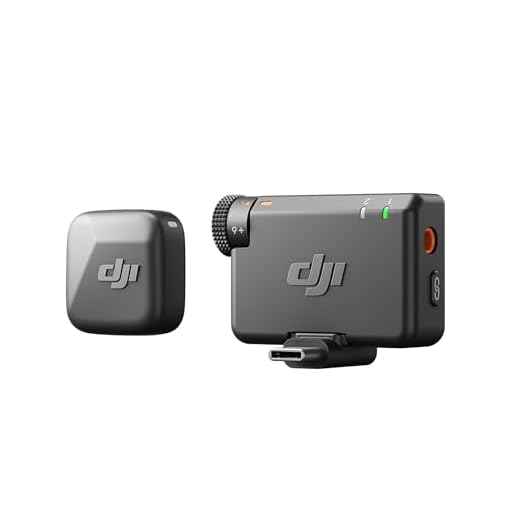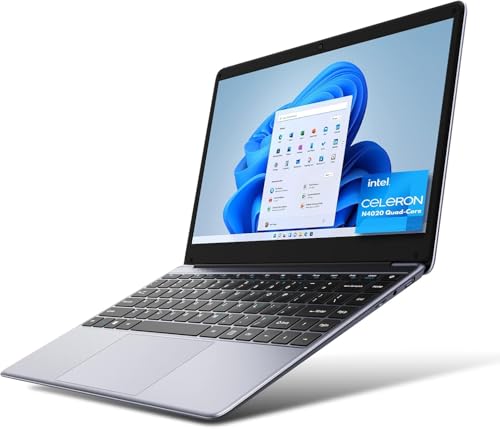




Do you want to improve the quality of your video calls or live streams? Using your iPhone camera as a webcam can be a game-changer! With its high-quality camera and advanced features, your iPhone can elevate your video communication to the next level.
In this article, we will guide you through the steps to set up your iPhone as a webcam for your computer. Whether you’re a content creator, remote worker, or just want to stay connected with friends and family, this simple solution can make a big difference in your video quality.
Transforming Your iPhone Camera into a Webcam
With the advancement of technology, it is now possible to use your iPhone camera as a webcam for video calls, live streaming, and more. Follow these steps to transform your iPhone into a high-quality webcam:
- Download a webcam app from the App Store, such as EpocCam or iVCam.
- Install the app on both your iPhone and computer.
- Connect your iPhone to your computer using a USB cable or through Wi-Fi.
- Open the webcam app on your iPhone and computer.
- Adjust the settings on the app to ensure the best video quality.
- Use your iPhone camera as a webcam in video calls, streaming, or recording.
By following these simple steps, you can easily turn your iPhone camera into a versatile webcam for all your video communication needs.
Setting Up Your iPhone for Webcam Use
If you want to use your iPhone as a webcam, follow these steps to set it up:
- Download an App: Choose a webcam app from the App Store, such as EpocCam or iVCam.
- Install the App: Download and install the chosen app on your iPhone.
- Download the Companion Software: Install the companion software on your computer from the developer’s website.
- Connect Your iPhone and Computer: Make sure your iPhone and computer are connected to the same Wi-Fi network.
- Open the App: Launch the app on your iPhone and follow the on-screen instructions to connect it to your computer.
- Adjust Settings: Adjust the camera settings in the app to customize your webcam experience.
- Use Your iPhone as a Webcam: Once everything is set up, you can now use your iPhone as a webcam for video calls, meetings, and more.
Installing the Required Apps
Before you can use your iPhone camera as a webcam, you’ll need to download and install the necessary apps. Here’s how:
- Open the App Store on your iPhone.
- Search for and download a webcam app like EpocCam or iVCam.
- Once the app is downloaded, open it and follow the on-screen instructions to set it up.
- Make sure to also download the companion software for your computer from the app’s website.
- Connect your iPhone and computer to the same Wi-Fi network.
Once you have the apps installed and set up, you’ll be ready to use your iPhone camera as a webcam for video calls, livestreaming, and more.
Connecting Your iPhone to Your Computer
To use your iPhone camera as a webcam, you will need to connect your iPhone to your computer. Here’s how you can do it:
- Make sure you have the latest version of iTunes installed on your computer.
- Connect your iPhone to your computer using a USB cable.
- Trust the connection on your iPhone by entering your passcode or confirming the connection.
- Open the QuickTime player on your computer.
- Go to “File” and select “New Movie Recording.”
- Click on the dropdown arrow next to the record button and choose your iPhone as the camera input.
- You can now use your iPhone camera as a webcam on your computer.
Adjusting Camera Settings
Before using your iPhone camera as a webcam, it’s important to adjust the camera settings to ensure optimal performance. Here are some key settings to consider:
1. Exposure and Focus
Make sure your camera is properly focused and adjust the exposure levels to avoid overexposed or underexposed images. You can tap on the screen to focus on a specific area and adjust the exposure by sliding your finger up or down.
2. White Balance
Set the white balance according to the lighting conditions to ensure accurate colors. You can adjust the white balance by tapping on the screen and selecting the appropriate setting based on the lighting in your environment.
Positioning Your iPhone for the Best Angle
When using your iPhone as a webcam, it’s essential to find the best angle to ensure a clear and professional-looking image. Here are some tips to help you position your iPhone for the best results:
1. Eye Level
Place your iPhone at eye level to create a more natural and engaging video call experience. Avoid positioning the camera too low or too high, as it can be unflattering and distracting.
2. Stable Surface
Use a stable surface or a tripod to keep your iPhone steady during video calls. This will prevent shaky footage and ensure a more professional look.
By following these tips and experimenting with different angles, you can find the best positioning for your iPhone camera to enhance your video calls and presentations.
Testing Your iPhone Camera as a Webcam
Before using your iPhone camera as a webcam, it’s important to test it out to ensure everything is working properly. Follow these steps to test your iPhone camera:
Step 1: Check Camera Settings
Make sure your iPhone camera settings are configured correctly for use as a webcam. Check the resolution, frame rate, and focus settings to ensure optimal performance.
Step 2: Test Video Quality
Record a short video using your iPhone camera to test the video quality. Check for any issues with focus, lighting, or stability that may affect the webcam performance.
Tip: Film yourself in different lighting conditions to see how the camera performs in various settings.
By testing your iPhone camera before using it as a webcam, you can ensure a smooth and professional video conferencing experience.
Troubleshooting Common Issues
If you encounter any issues while using your iPhone camera as a webcam, here are some common troubleshooting steps to try:
1. Check Camera Permissions
Make sure that you have granted the necessary permissions for the camera app to access your iPhone’s camera. Go to Settings > Privacy > Camera and ensure that the app you are using has permission to access the camera.
2. Restart the Camera App
If the camera app is not working properly, try force quitting the app and reopening it. Double-click the Home button, swipe up on the camera app to close it, then reopen the app and try using the camera again.
By following these troubleshooting steps, you can resolve common issues that may arise when using your iPhone camera as a webcam.
Enhancing the Video Quality
When using your iPhone camera as a webcam, you may want to enhance the video quality to improve the overall viewing experience. Here are some tips to help you achieve better video quality:
1. Lighting
Make sure you are well-lit when using your iPhone camera as a webcam. Natural light is ideal, but if that’s not available, consider using a ring light or desk lamp to illuminate your face evenly.
2. Stability
To avoid shaky footage, stabilize your iPhone by using a tripod or a phone stand. This will help maintain a steady image and prevent any distracting movements.
- Use a tripod or phone stand to keep your iPhone stable.
- Avoid holding your iPhone in your hand while recording.
Tips for Using Your iPhone Camera as a Webcam
Using your iPhone camera as a webcam can be a convenient and cost-effective way to improve your video calls and online meetings. Here are some tips to help you make the most of this setup:
1. Choose the Right App
There are several apps available in the App Store that allow you to use your iPhone camera as a webcam. Make sure to choose one that is compatible with your computer and offers features like high-quality video output and easy setup.
2. Position Your iPhone Properly
When using your iPhone as a webcam, make sure to position it at eye level for the best angle. Use a tripod or a stand to keep your phone stable and avoid shaky video during calls.
| Tip | Description |
| 3. Good Lighting | Make sure you have good lighting in your room to ensure clear video quality. |
| 4. Check Your Internet Connection | Ensure you have a stable internet connection to prevent lagging or freezing during video calls. |
| 5. Test Before Important Calls | Before important meetings, test your setup to ensure everything is working properly. |







